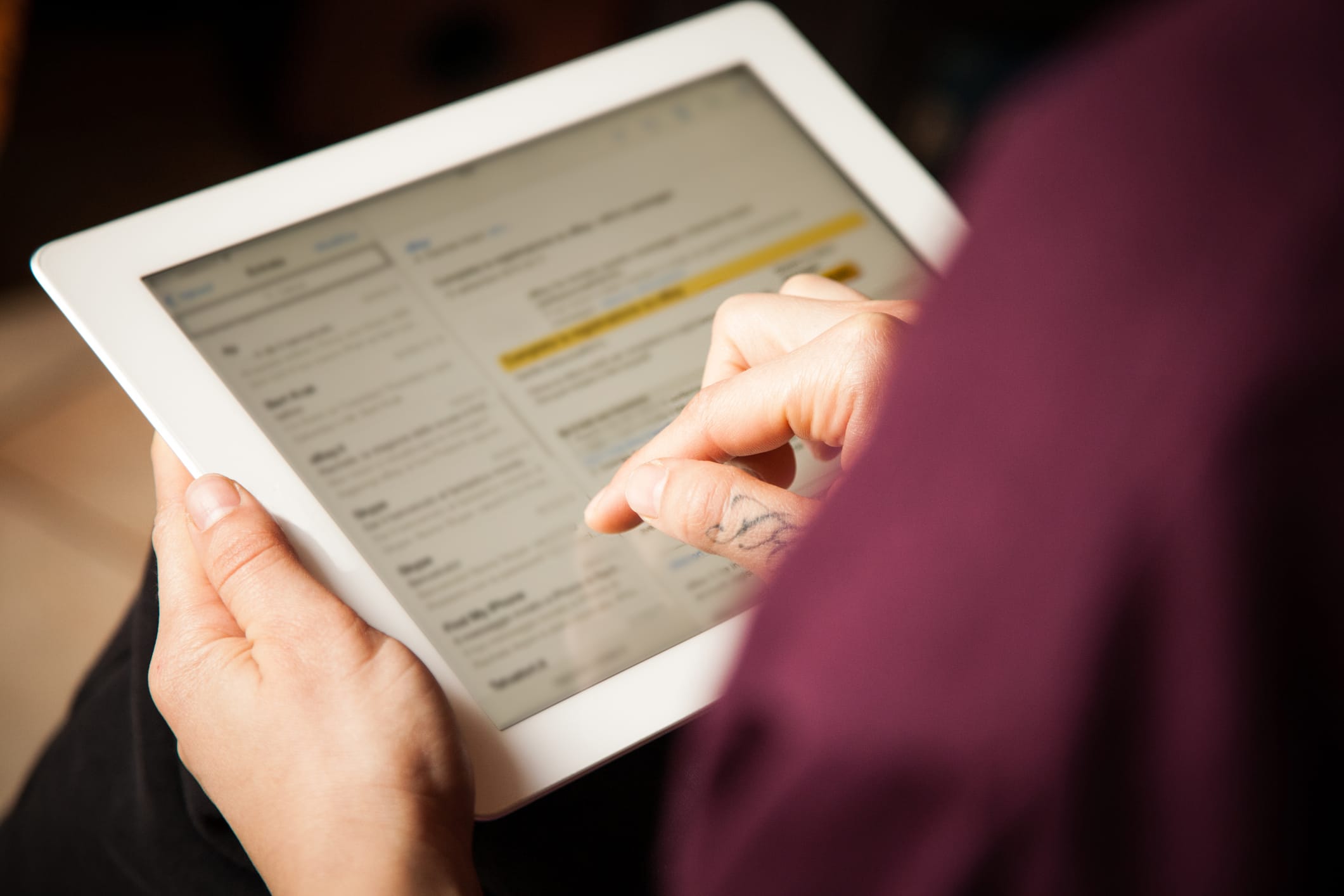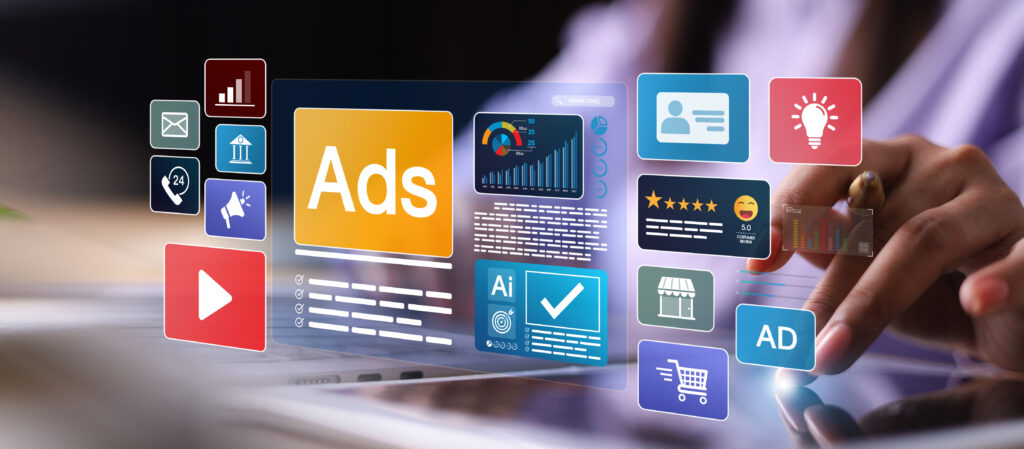Across different industries, email marketing has proven to be an effective strategy in online marketing. Smart marketers have embraced it already: A survey report by an online technology reviews firm revealed that out of 200 marketers surveyed 97% of them are using email marketing software.
If you’re already using email marketing, you need to take it a step further to begin to see dramatic results.
Overview
Email segmentation?
Here’s how Email Monday defines it:
Email marketing segmentation is the art of splitting your list into different groups. These groups – or segments – consist of people with similar characteristics. Segments can then be emailed reflecting the content and timing appropriate to them. So far, so good; emailing to groups.
You need to segment your list, because your leads are at different stages in the funnel or sales cycle. Typical results from an email segmentation include 39% higher open rate, 28% lower unsubscribe rates, and 24% better deliverability and increased sales leads.
Despite these benefits of email marketing, it’s still not a bed of roses. You’ve succeeded in getting a visitor to subscribe to your email list, Bravo! But, it doesn’t end there.
Here’s why: Sending general messages that are not personalized to your new subscriber’s inbox, will not only make them angry but also cause them to lose interest your emails, and unsubscribe.
Since your contacts are of different behaviors, they probably have different needs – which you should address when building relationships with them at the conversion funnel.
When you segment your list, it can help you to:
- Increase your conversion rate, and lower unsubscribe rate.
- Boosting your click-through rate.
- Improve your sales and customer engagement.
- Get a higher open rate.
Do you want to cut through the noise and get your customer’s attention with relevant messages delivered at the right time? Let’s explore the seven ideas that you can use to segment your email list so that you can maximize your email profits in record time.
1. Leverage on first time customers
Don’t treat everyone on your list the same. Therefore, applying simple email segmentation trick will make a great impact.
There are some customers that recently made a purchase from you – these are your first time customers. It’s your responsibility to nurture these customers, because they’re likely to come back, or give up on your brand.
The popular saying that “first impression matters” is not a fancy phrase, but a fact. We all feel accepted when we move into a new arena, where everybody is friendly and kind. Same applies when your customer is shown love and treated well.
In case you don’t know, 82% of customers have left a company as a result of poor support.
And not only that, even a case study report published in the Journal of Applied Social Psychology, revealed how waiters increased tips they received by 23% with the influence of personalization.
When it comes to email marketing, reports have shown that emails with personalized product recommendation is likely to generate up to 20% increase in revenue.
This means that if you leverage on your first time customers, you can personalize their experiences, by crafting email content that appeals to them as individuals (and not as a group).
Use this idea of your first time customers to segment your email list. You’ll begin to see a lot of email improvements at every level.
2. Replenishable Customers
This idea of email segmentation is best for companies that deal with consumable products (i.e., products that need to be replaced/refilled).
For instance, a company that deals on perfume, knowing that the content your customer bought, will be exhausted in approximately one month, you can strategize on how to send compelling email to be delivered at the right time to such a customer, thereby motivating them to place an order.
Customers who use these replaceable products need to be handled and treated like Kings (because they truly are). You want to sustain the relationship that you’ve already established, and persuade them to buy from you again and again.
Following these people up with your emails to keep them abreast of new stocks is important. These types of emails are proven to increase customer’s intent to click.
As you can see, segmenting these customers according to what their consumption period for a particular product, will help you to ignite their desire to buy, especially when you create a campaign at the end of their consumption period.
3. Low Value Customers
This is another group of customers that are segmented based on their order value which are most often, less than $25. Every company has low value customers.
This group of customers are very complicated to handle, because they often tend to abandon shopping cart. Reluctantly, they can buy the cheapest products which might not be commensurate with the time, and resources spent on them.
But despite that, they’re still important for your business’ growth. This doesn’t call for discrimination, because it can contribute to 68% loss of customers by your company.
And coupled with the fact that 5% increase in customer retention leads to 75% in profit making for any company.
You should create and deliver emails that will nurture and engage these group of customers. Trust me, this is a great way to increase your chances of getting more sales.
4. High Value Customers
This group of customers is very important for the growth and survival of every business, thus, this makes them the optimum concern of any marketer/brand.
They require extra care and attention, because losing them is more like a company losing its competitive edge.
Since the rate of acquiring new customers is higher than retaining existing ones, you need to provide more value for high-value customers (as a segment of your email list).
Instead of sending the same broadcast email to all your subscribers, why not use email segmentation to keep this high-value customers appreciated and engaged? This way, you’ll be able to communicate with them directly, personalize your emails, and nudge them into buying your high-ticket products.
Even if you don’t do anything other than personalizing their (high-value customers) experiences, you’ll improve your email performances by a great margin.
5. Very Important People (VIPs)
At a glance, you can tell that these group of customers are the lifeblood of your business. They’re elite, and should be respected. They’re loyal customers — and this has defined your relationship with them already, isn’t it?
VIP customers that are on your email list have been with your brand for a long period of time, and still buys from you. Aside from buying products, they have also supported your cause at some point.
As a rule of thumb, you need to have a segment for these people.
Note: Don’t make the mistake of sending the same product they have purchased in the past. It could send a wrong signal and a huge percentage of them will likely unsubscribe.
6. Defecting Customers
You need this group of customers on your email segment. This group of customers are usually placed at the top of the conversion funnel, because they’re more likely to abandon your brand at any moment. For this reason, you need to take extra measure in order to win their loyalty.
Majority of these customers have been inactive for over a period of time, on your email list. You’ll notice that most of them have switched over to another brand. But all hope is not lost. You can use retargeting campaigns to win them back.
A report by Androit Digital found that 30% of customers will respond positively to retargeting ads.
If you segment your email list well, you’ll be able to detect different types of customers — and you’ll gain insights on how to win them back.
7. Purchase Cycle
It’s very important to know what and how you communicate with a customer, via email, in the sales funnel. Why? Because, whatever you say or recommend could either excite or discourage them. It all depends on the stage they’re at in the sales cycle.
To get better email results, it’s important to segment this group of customers based on the extent they got on the purchase journey. When this is being taken care of, you can then start the necessary email campaign suitable for such group of customers.
For example, a visitor gets to your product page from a link you place on another blog, click on one of your product, spend some time there, but leaves without adding the product to cart.
More than likely, an average marketer could conclude that such a customer won’t return. But how true is that? Studies have shown that 75% of them are more likely to return.
There are a lot of reasons why a customer will abandon a product page or shopping cart. One of such is when they don’t have enough information about your product that will help them make informed decisions.
If you’ve succeeded in capture their email address (it’s important you do that), then sending series of emails to enlighten the customer on the great value of your product can inspire them to come back.
Better yet, you can throw in a great deal, a trial package, discount, or bonus to sweeten the experience.
Conclusion
Make no mistakes about it, email segmentation is vital if you want to record significant improvements in both marketing and sales.
All in all, get to know and understand your contacts/customers. Because when you segment your email list based on the knowledge you have about your customers, you’ll have built a solid email marketing strategy that will grow your business.
Through email segmentation, you have the opportunity to detect active and inactive customers, and follow them up with the necessary emails – to build a stronger relationship.
3 Comments
Leave a Reply
Contact us today to get the conversation started!











Thanks for the tips Eric! I couldn’t agree more. This helps a lot. By the way I was wondering, are there any tools you can recommend for this? Would love to know. Thanks a lot!
Hi Emmerey, Thanks for reading! If you send out emails through MailChimp, you can actually do a lot of list segmentation there. Most sites like MailChimp offer their own forms of email segmentation!
I’ve always wanted to try Mailchimp but I might really check it out now. Thanks Eric!